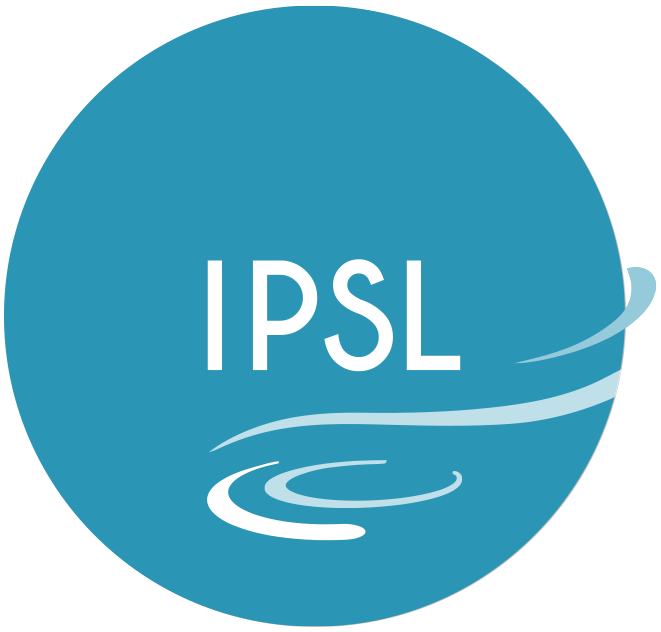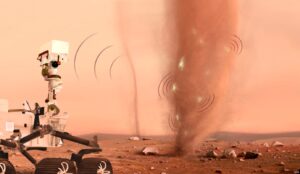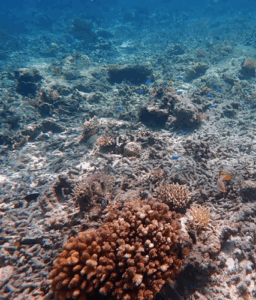Early ice retreat and anomalous CO2 sink in the South Atlantic in austral summer 2022
A study by a PhD student at the Laboratoire d’océanographie et du climat : expérimentations et approches numériques (LOCEAN-IPSL), published in Biogeosciences, examines an exceptionally strong oceanic carbon sink for more than two months in 2022 in the Bouvet Island region of the South Atlantic.
This phenomenon, observed thanks to the SO-CHIC (“Southern Ocean Carbon and Heat Impact on Climate”) project, is attributed to a massive phytoplankton bloom in November 2021, triggered by an early retreat of sea ice. This led to a strong uptake of CO2 by phytoplankton. The waters thus depleted in dissolved carbon dioxide were then transported to the study area, where a record drop in oceanic fCO2 was measured by the CARIOCA buoy. This mechanism, amplified by climate change, could intensify the Southern Ocean’s role as a carbon sink in certain regions.
The Southern Ocean surrounding Antarctica is responsible for around 40% of anthropogenic CO2 uptake by the world’s oceans (Mayot et al., 2023). The extreme conditions of the Southern Ocean make direct observations very difficult. As a result, estimates of air-sea CO2 fluxes rely on numerical models, neural networks or interpolation methods that remain uncertain and often give divergent results (Hauck et al., 2023).
The European SO-CHIC project was launched to fill this gap, and during an at-sea campaign in January 2022, a drifter and glider were deployed northeast of the Weddell Sea, at around 0°E, 54°S. In this area, measurements of oceanic CO2 fugacity (fCO2) were abnormally low in the austral summer of 2022.
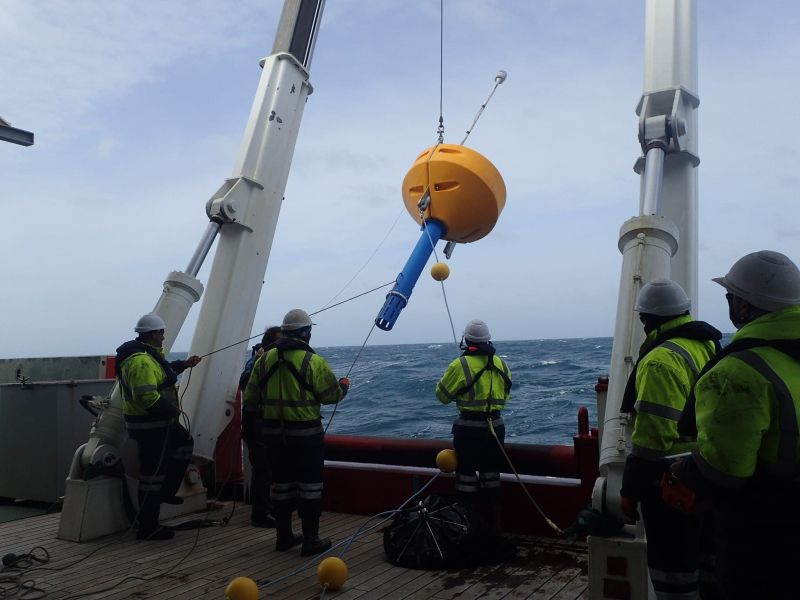
Deployment of a drifting buoy named CARIOCA (“Carbon Interface Ocean Atmosphere”), on January 23, 2022, aboard the S.A Agulhas II vessel, as part of the SO-CHIC (“Southern Ocean, Carbon and Heat Impact on Climate”) campaign. © Kirtana Naeck
Lagrangian analysis: tracing the course of water
To pinpoint the origin of this anomaly, in-situ data from the SO-CHIC campaign were combined with satellite observations, current products and Lagrangian analysis to trace the origin of the water masses sampled. These analyses showed that in November 2021, desalinated water from the Weddell Sea ice edge was transported to the subpolar region, arriving there in January 2022. The authors suggest that a phytoplankton bloom occurring at the ice edge at this time would have resulted in carbon depletion of the surrounding waters.
The fCO2 values measured in January 2022 at 54°S are in line with the very low values already observed at the ice edge by BGC ARGO floats. These low values were probably attenuated by air-sea exchanges of CO2 along the path of the water mass.
This study suggests that the abnormally early retreat of sea ice in spring 2021 (Wang et al., 2022) favored the migration of highly carbon-depleted surface waters to more northerly latitudes than usual. In the context of climate change, such episodes of early ice retreat could become more frequent. They therefore deserve particular attention, because of their impact on the Southern Ocean’s role as a carbon sink.

Sea surface salinity map for January 2022, using an ocean reanalysis product (Mercator). The surface salinities of the CARIOCA buoy (26/01/22 – 27/06/22) and the S.A Agulhas II vessel (20/01/22 – 26/01/22) were superimposed on top. This map shows the presence of a desalinated body of water at the CARIOCA position at the end of January 2022. © Kirtana Naeck
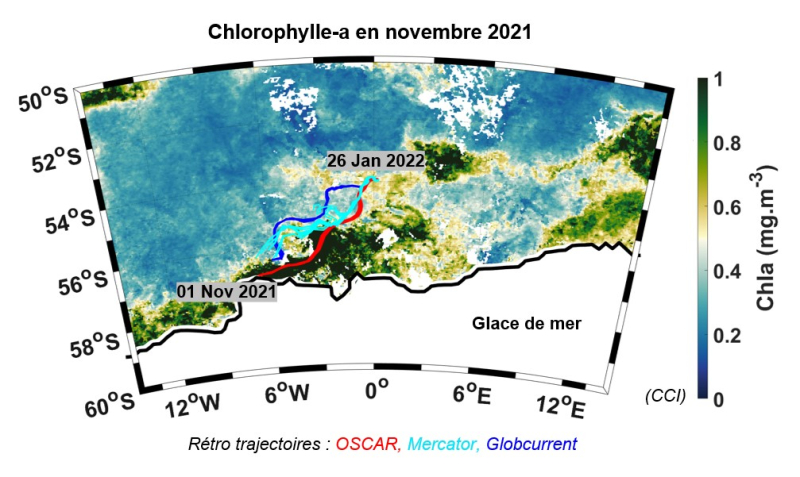
Retro trajectories, using different ocean current products (Oscar, Mercator, Globcurrent), superimposed on a chlorophyll-a map in November 2021. These back-trajectories show that the water at CARIOCA’s position, 0°E, 54°S, on January 26, 2022, originated from the ice edge, where there was a strong phytoplankton bloom on November 1, 2021. © Kirtana Naeck
More
Reference
Anomalous Summertime CO2 sink in the subpolar Southern Ocean promoted by early 2021 sea ice retreat. Biogeosciences, 2025
Contacts
Source : CNRS Terre & Univers.
